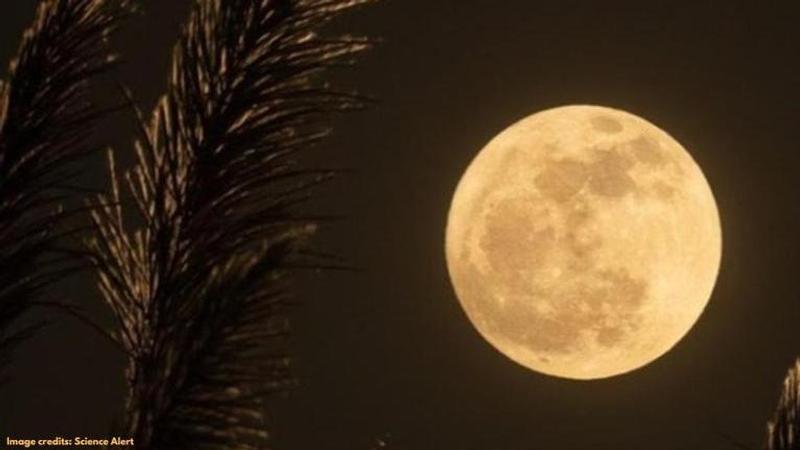Published 16:09 IST, July 1st 2020
Lunar Eclipse July 2020 timings in USA: What's the best time to observe the phenomenon?
The third penumbral eclipse of 2020 is all set to begin on July 5. Read on for Lunar Eclipse July 2020 timings in USA and the best time to catch the event.

Advertisement
The world is about to witness its next lunar eclipse of the year this month. The first eclipse of this season took place on January 5, and the second eclipse occurred on June 5. Now, it’s time for the third eclipse of the season which will be a penumbral lunar eclipse. There are three different types of lunar eclipses – total, partial and penumbral.
The penumbral lunar eclipse is a phenomenon where the Earth comes between the Moon and the Sun as the Moon passes through the Earth's faint outer (penumbral) shadow. It is also often mistaken by viewers for a regular full moon as the shadow is faint. The moon is shaded by Earth's shadow in a very subtle way, making it quite difficult for observers to notice the effect, as opposed to a total or the partial eclipse of the moon. The penumbral lunar eclipse is set to begin this month on July 4.
Lunar Eclipse July 2020 timings in USA
In the United States, the eclipse will begin on July 4 at 11:07 PM EDT as the moon starts to slide into the Earth’s outer orbit, and end on July 5 at 1:52 AM EDT. The Penumbral will reach its peak on July 5 at 12:29 AM EDT where half of the moon's face will take a darker shade. It is around this time that the phenomenon will be most visible to those who are trying to observe it. So, it is best that you watch the event during its peak. To check the exact USA Lunar Eclipse date for your location, you can visit the link here.
The next Penumbral Eclipse of the Moon will take place on July 4, 2020, and will be visible from all Latin American countries, much of North American countries like the USA, Canada, Mexico, Cuba, Western European countries like UK, Spain, Germany, Italy, much of South America, Pacific, Atlantic, Indian Ocean, most of the African countries and Antarctica.
People who aren't able to catch the phenomenon live can catch the event on YouTube and other social media platforms who host a live stream of the event.
Image credits: Science Alert
16:09 IST, July 1st 2020



